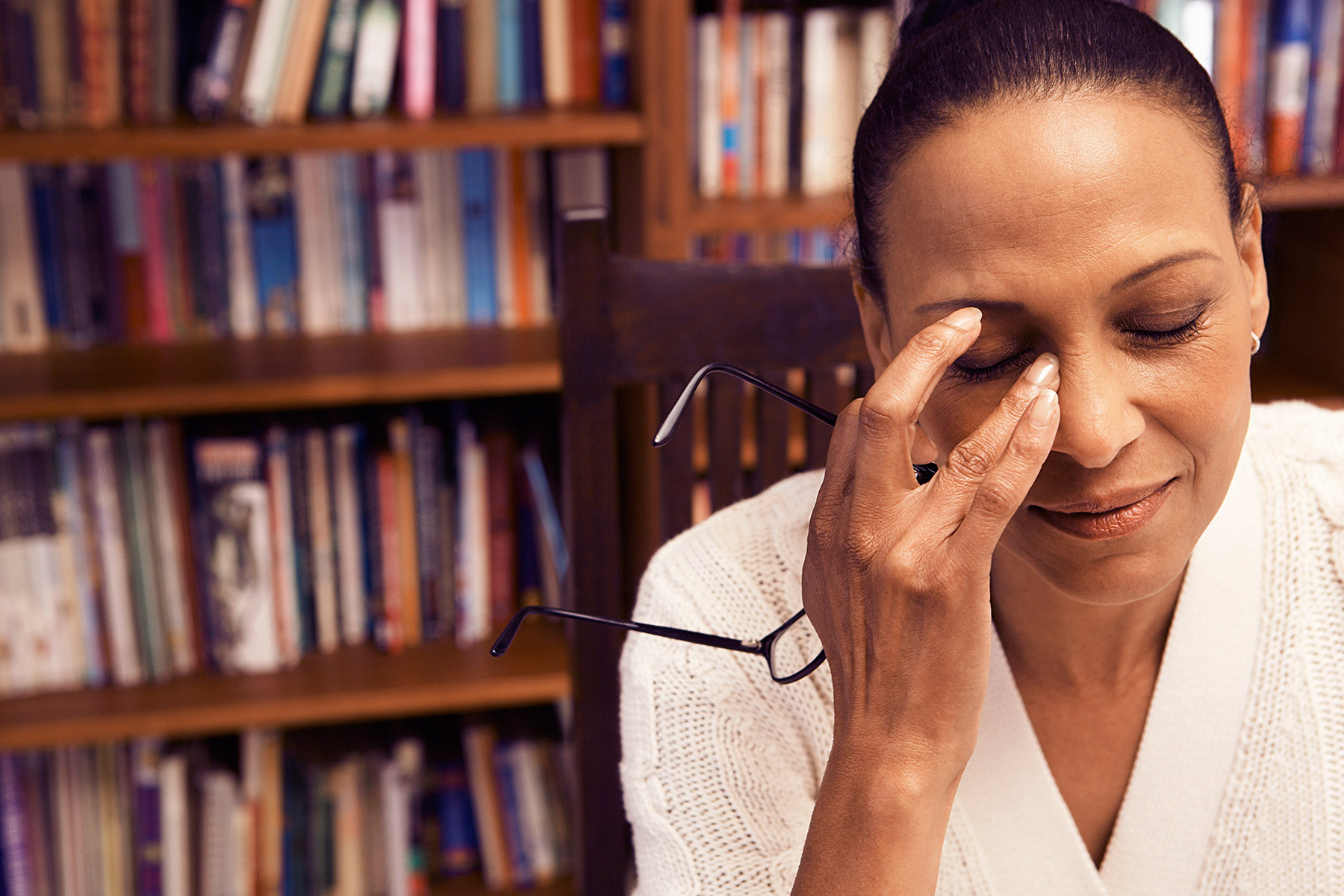“I can’t breathe, I really cannot breathe. My chest hurts, my fingers tingle and my vision is blurred – I’m having a heart attack.”
Panic Attacks are frightening and unpleasant, but not in any sense dangerous. Panic attacks are reactions that occur out of context. When we feel our survival is somehow threatened – like walking down the street and being confronted with a mugger – we have an instinctual response to either fight or flee. This response produces a sudden surge of adrenaline, accompanied by strong feelings of anxiety and panic. This reaction could save our lives – if we were truly in danger.
During a panic attack, your body goes through the same physical processes as it would if you were in real danger. The difference, of course, is that although you feel you are in danger, you really aren’t. the average length of a panic attack is 4 – 6 minutes.
The South African Depression and Anxiety Group are launching a nation-wide media awareness campaign to make people aware that Panic Disorder is a real illness and treatment is easily available. 4% of the population suffer from Panic Disorder. Peter from Siyabuswa called SADAG 11 years ago needing help for severe panic associated particularly with taxis. His fear and panic almost caused him to lose his job. He now runs a highly successful Support Group for fellow panic sufferers in Siyabuswa. “I would not have got through this if it wasn’t for SADAG. I have gained confidence in myself and have learned how to cope. I won’t let panic get the better of me.”
This “awareness” of the perceived danger may cause all sorts of feelings, such as dizziness, nausea, shortness of breath, heart palpitations, confusion, lack of control, unreality, shaking and trembling, and sweaty palms. That you may have panic attacks without knowing why only makes the situation much more frightening. Zane Wilson founded the South African Depression and Anxiety Group 12 years ago to help people get support for their panic, and to educate sufferers about the disorder. “Panic attacks are truly terrifying and when I was diagnosed there was nowhere to turn for support and guidance. That is why I started the Group – panic sufferers need support and understanding – they are not going mad and they are not going to die.”
Due to these feelings of panic, it’s very common to “invent” fears. A common fear is: “I’m going crazy”. Rest assured, no one with panic attacks and anxiety has ever gone “crazy”. In fact, because you realize that you have panic attacks, this is just another indication that you are not going crazy. People that “go crazy” lose contact with reality.
The disorder most often begins during the late teens and early adulthood and strikes twice as many women as men. No one knows what causes panic disorder, though researchers suspect a combination of factors, including a family history (panic disorder seems to run in families), stressful life events, and drug and alcohol abuse – up to 30% of people with panic abuse alcohol. Caffeine, some cold and flu medicines, some anti-malaria prescriptions, appetite suppressants and local anaesthetics may trigger a panic attack.
Although the thoughts and feelings of anxiety and panic are all too real, the brain has tricked youinto thinking that you are somehow in danger — when actually you are not. Part of effective therapy includes changing thought patterns. Another part of therapy is to relax the mind so anxiety and panic can’t take hold.
Cognitive Behavioural Therapy (CBT) has been shown to be the most effective therapy when dealing with anxiety. CBT focuses on making the present manageable so that the future can become anxiety-free. Panic Disorder is successfully treated in the vast majority of cases. Active cognitive-behavioural therapy plus a strong motivation and persistence on the part of the client are the essential ingredients in overcoming this major anxiety disorder. Some panic patients may need medication to assist this process in the beginning. Medication – anti-anxiolitics or anti-depressants – are safe and effective.
SADAG has an active referral list of psychologists, psychiatrists, free brochures and handouts as well as nation-wide support group numbers that may help sufferers and their families understand the illness and its treatment. SADAG’s lines – 011 783 1474/6 or 0860 103 645– are open 7 days a week from 8am to 8pm. Dr Colinde Linda, a renowned Johannesburg-based CBT therapist who specialises in Panic Disorder, says, “Panic is highly treatable – 90% recover fully”.
Common physical symptoms associated with anxiety disorders include:
- Muscle tension
- Stomach upsets
- Fatigue
- Sleep problems
- Headaches
- Dizziness
People who experience panic attacks may also suffer from:
- Quickening of the heart rate
- Palpitations
- Nausea
- Hot or cold flashes
- Numbness or tingling in the hands and feet
- Shortness of breath
- Feeling of an out of body experience or being off-balance
These physical symptoms are not usually dangerous, but they are real and treatable
First Aid for Panic
o Take a “time out” and slow down. Slow your breathing, slow your racing thoughts.
o Focus on the present, concentrate on an object around you – notice every detail: what does it look like, what does it smell like, what does it feel like…
o Count backwards from 20.
o Take a deep breath and hold it as long as you can.
o Remind yourself that panic attacks always end. ALWAYS.
o Stretch your body – head to toe.
o Remind yourself that panic attacks are not dangerous.
o If there is somewhere you can walk, take a walk. Talk to someone if there’s somebody around.
o Recall a time you handled a similar situation well or think about a time when you felt positive.
o Get angry. Vow not to let panic win. You deserve better.
There are several recognized anxiety disorders, including:
- Panic disorder: People with this condition have feelings of terror that strike suddenly and repeatedly with no warning. Other symptoms of a panic attack include sweating, chest pain, palpitations (irregular heartbeats), and a feeling of choking, which may make the person feel like he or she is having a heart attack or “going crazy.”
- Social anxiety disorder: Also called social phobia, social anxiety disorder involves overwhelming worry and self-consciousness about everyday social situations. The worry often centers on a fear of being judged by others or behaving in a way that might cause embarrassment or lead to ridicule.
- Generalized anxiety disorder: This disorder involves excessive, unrealistic worry and tension, even if there is little or nothing to provoke the anxiety.
Source: South African Depression and Anxiety Group


